Ethiopia is a land of striking contrasts and dramatic landscapes that captivate the imagination. From the towering peaks of the Simien Mountains to the surreal, harsh beauty of the Danakil Depression, Ethiopia offers some of the most breathtaking and diverse natural wonders in Africa. This blog explores these two remarkable regions, providing insight into what makes them such unique destinations for travelers.
Table of Contents
Introduction to Ethiopia’s Natural Beauty
Ethiopia, often referred to as the “Roof of Africa,” is a country where nature’s extremes meet. Its landscape ranges from soaring mountain ranges to one of the hottest and most inhospitable places on Earth. This diversity makes Ethiopia a treasure trove for nature lovers and adventurers alike. The Simien Mountains and the Danakil Depression stand out as two of Ethiopia’s most iconic natural wonders, each offering a distinct experience for those who seek to explore them.
The Majestic Simien Mountains
Overview of the Simien Mountains
The Simien Mountains, located in northern Ethiopia, are part of the Ethiopian Highlands and are one of the country’s most famous natural attractions. These mountains are characterized by jagged peaks, deep valleys, and dramatic cliffs, offering stunning vistas that have earned them the nickname “The Roof of Africa.” The Simien Mountains are also home to Ras Dashen, the highest peak in Ethiopia and the fourth highest in Africa, standing at 4,550 meters (14,930 feet).
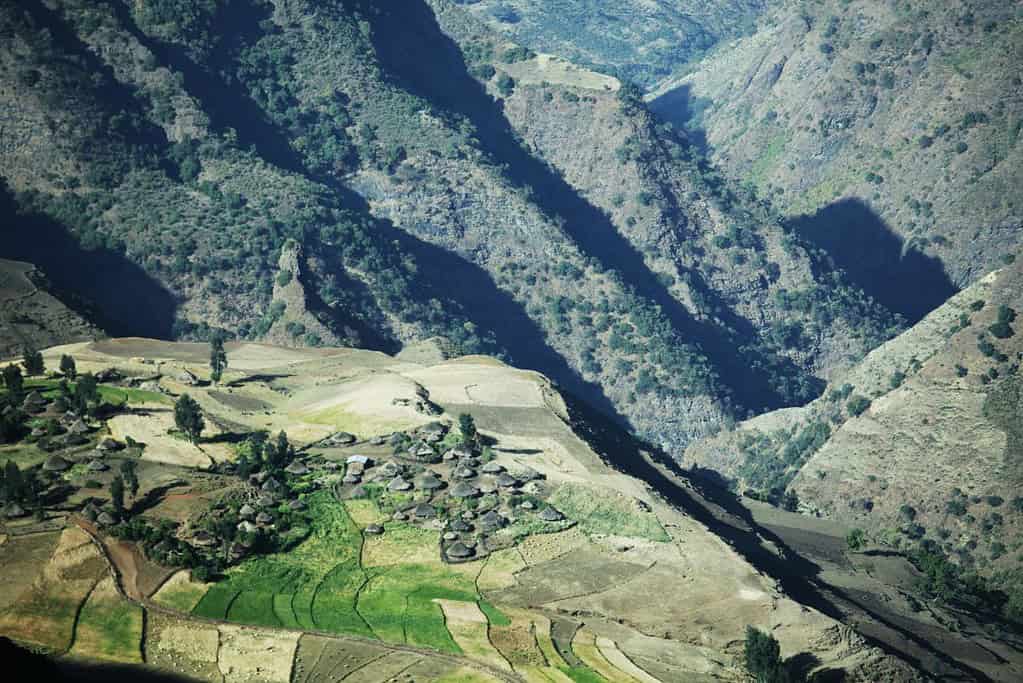
Unique Flora and Fauna
The Simien Mountains are not just about breathtaking scenery; they are also a haven for unique wildlife. The Simien Mountains National Park, a UNESCO World Heritage Site, is home to several endemic species, including the Gelada baboon, the Ethiopian wolf, and the Walia ibex. The Gelada baboons, known for their red chest patches, are particularly notable for their large social groups and complex behaviors, making them a fascinating subject for wildlife enthusiasts and researchers.
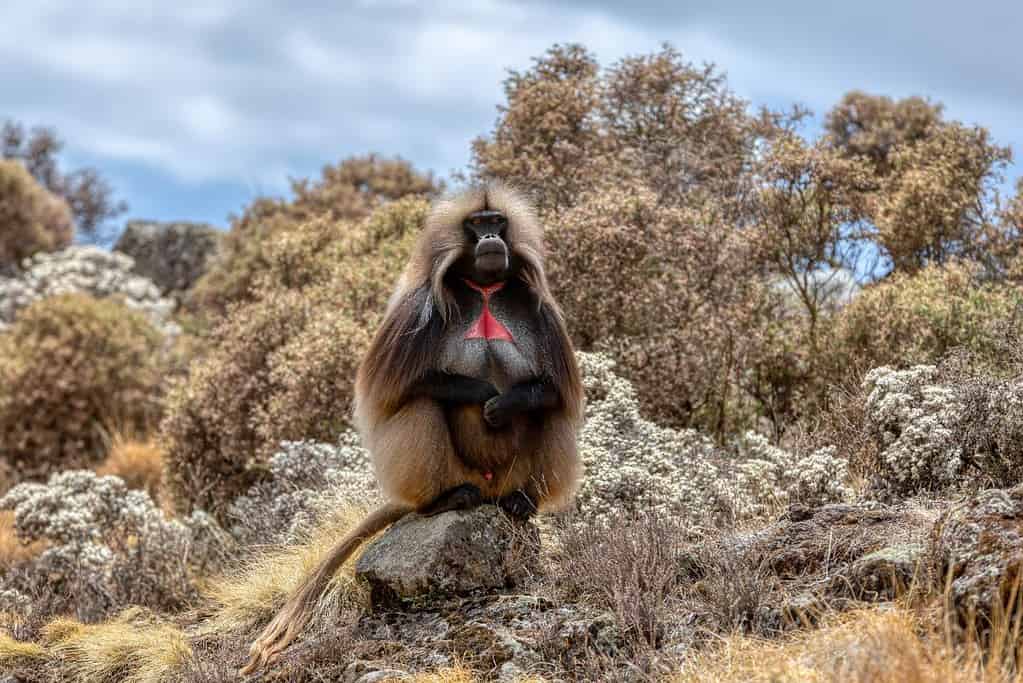
The plant life in the Simien Mountains is equally remarkable. The high-altitude flora includes giant lobelias, which can grow up to several meters tall, and various species of alpine plants adapted to the cooler temperatures of the highlands. The unique combination of flora and fauna in the Simien Mountains creates a rich biodiversity that is unparalleled in the region.
Trekking and Adventure
For those seeking adventure, the Simien Mountains offer some of the best trekking experiences in Africa. The challenging trails take hikers through rugged terrain, past waterfalls, and along the edges of cliffs that drop thousands of feet into the valleys below. Trekking in the Simien Mountains is not only about physical endurance but also about immersing oneself in the stunning natural beauty and tranquility of the highlands.
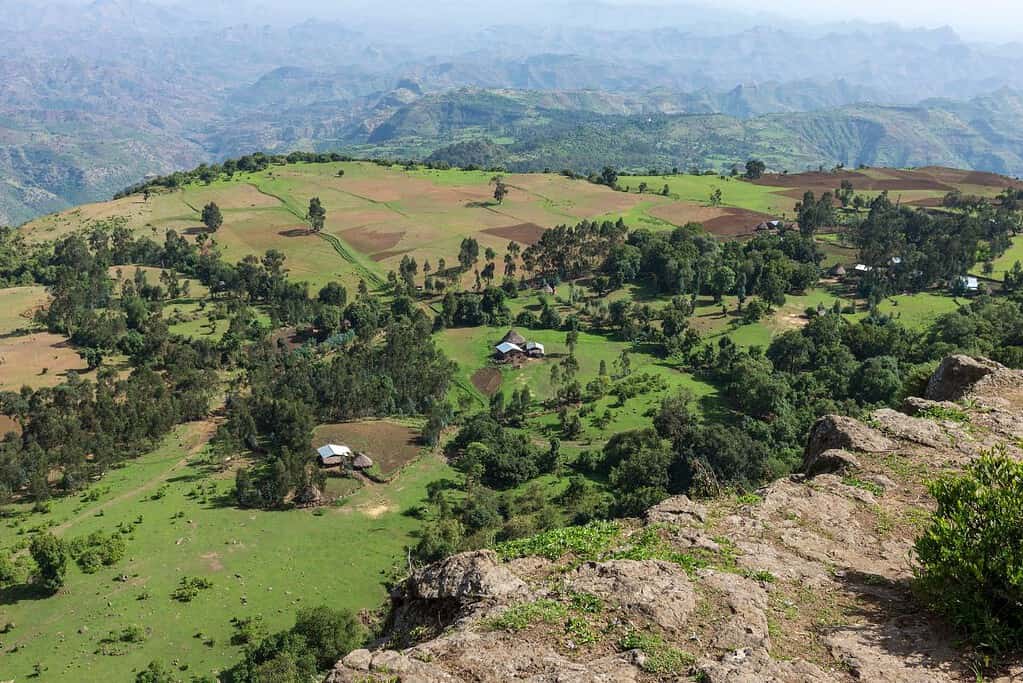
Trekking routes vary in difficulty and length, with options for both seasoned hikers and casual walkers. Whether you’re embarking on a multi-day trek to Ras Dashen or enjoying a shorter hike to popular viewpoints like Geech Abyss, the Simien Mountains provide a rewarding experience for all levels of adventurers.
Cultural Significance
The Simien Mountains are also culturally significant, with several local communities living within the park boundaries. These communities have adapted to the harsh conditions of the highlands and have maintained their traditional way of life for centuries. Visitors have the opportunity to engage with these communities, learning about their customs, traditions, and the challenges they face in preserving their cultural heritage in the modern world.
The Otherworldly Danakil Depression
Overview of the Danakil Depression
In stark contrast to the cool heights of the Simien Mountains, the Danakil Depression lies in the northeastern part of Ethiopia and is one of the hottest and most inhospitable places on Earth. Situated at the junction of three tectonic plates, this geological wonder is part of the larger Afar Triangle and sits more than 100 meters (328 feet) below sea level. The Danakil Depression is characterized by extreme temperatures, active volcanoes, salt flats, and colorful mineral deposits, creating a surreal landscape that seems almost alien.
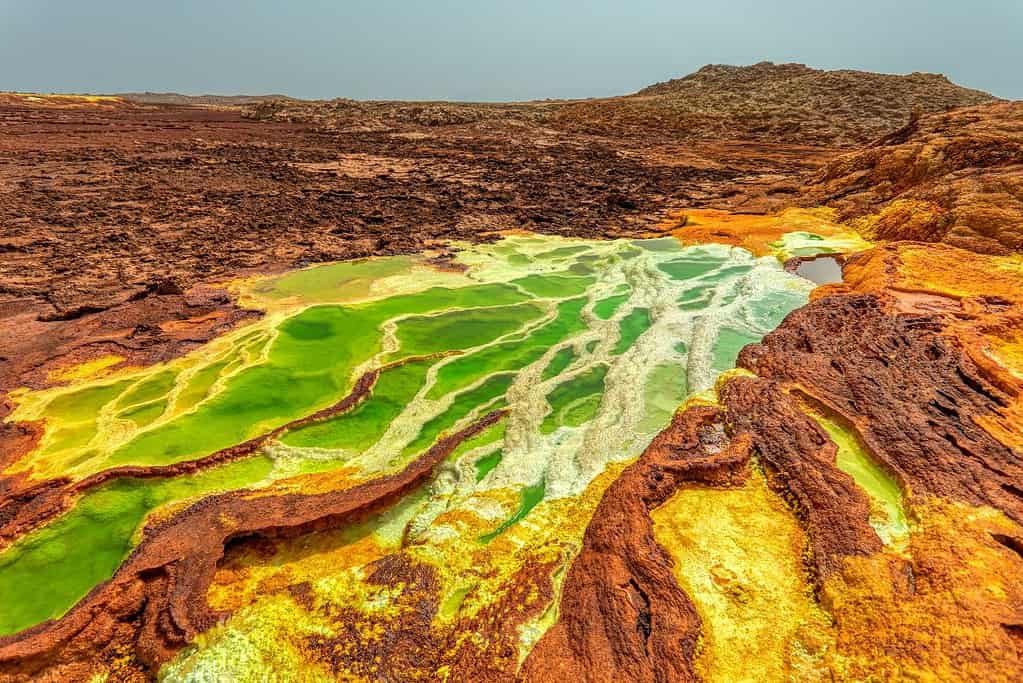
The Geology of the Danakil Depression
The Danakil Depression is a place where the Earth’s crust is being pulled apart, creating a unique geological landscape. The area is dotted with active volcanoes, such as Erta Ale, which is one of the few volcanoes in the world with a persistent lava lake. The combination of volcanic activity, seismic movements, and extreme heat has given rise to a landscape of bizarre rock formations, boiling sulfur springs, and vast salt flats.
One of the most iconic sights in the Danakil Depression is the Dallol hydrothermal field. Here, mineral-rich hot springs have created a vibrant palette of colors, with yellows, greens, and reds dominating the landscape. The acidic pools and salt formations at Dallol are some of the most extreme environments on the planet, yet they attract scientists and tourists alike, eager to witness the otherworldly beauty of this harsh environment.
The Salt Trade and the Afar People
The Danakil Depression is not just a geological wonder; it is also a place of human resilience and adaptation. For centuries, the Afar people, a nomadic ethnic group, have inhabited this harsh region. They are known for their involvement in the salt trade, an ancient practice that continues to this day. Salt miners extract slabs of salt from the vast flats and transport them by camel caravan across the desert, a tradition that has remained largely unchanged for hundreds of years.
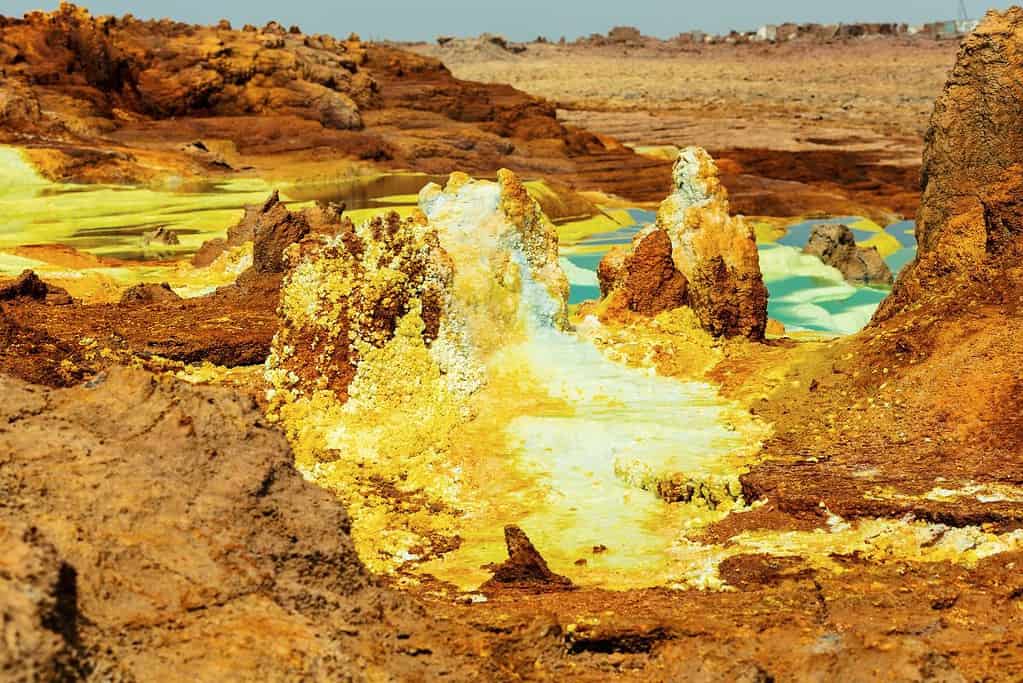
Visitors to the Danakil Depression can witness this age-old practice and gain insight into the challenges faced by the Afar people in one of the most extreme environments on Earth. The salt trade is not only a vital source of income for the Afar but also a cultural heritage that has been passed down through generations.
Adventure and Exploration in the Danakil Depression
Exploring the Danakil Depression is not for the faint-hearted. The extreme heat, rough terrain, and remote location make it one of the most challenging travel destinations in the world. However, for those who dare to venture into this desolate landscape, the rewards are immense. The sense of being in a place that is so remote, so alien, and so raw is an experience like no other.
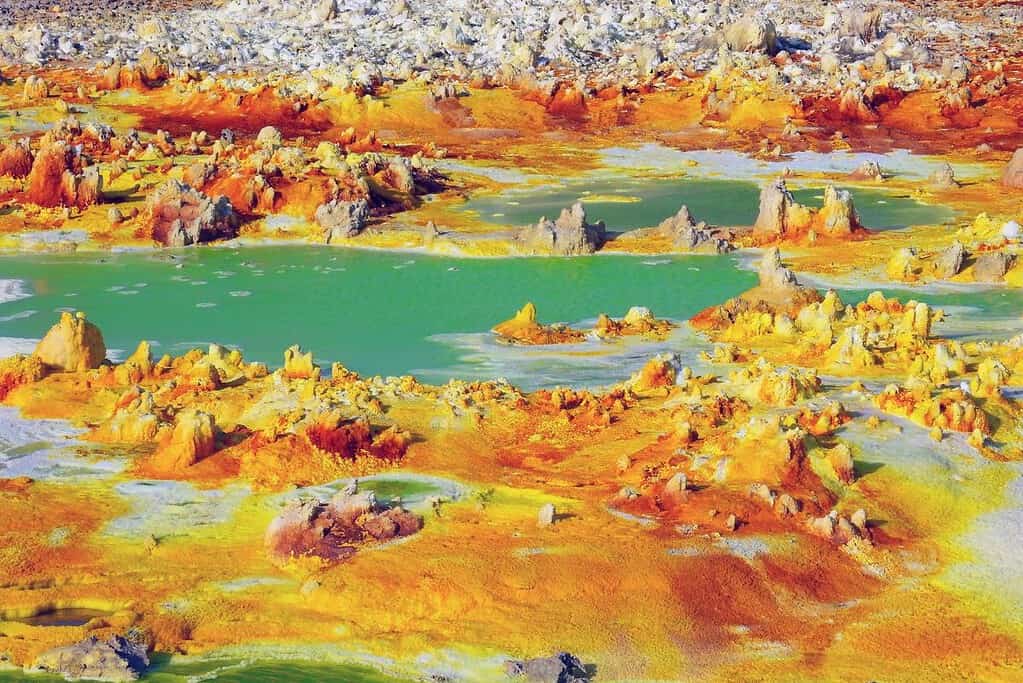
Guided tours to the Danakil Depression typically include visits to Erta Ale volcano, Dallol, and the salt flats. These tours provide a safe and structured way to explore the region, with experienced guides who are knowledgeable about the dangers and the unique features of the area. Despite the challenges, the Danakil Depression remains a bucket-list destination for adventurous travelers seeking to experience one of the most unique landscapes on Earth.
Conclusion: A Journey of Contrasts
Ethiopia’s Simien Mountains and Danakil Depression are two of the most contrasting yet equally awe-inspiring natural wonders in the world. From the cool, green heights of the Simien Mountains, where wildlife thrives and trekking adventures await, to the blistering heat and alien landscapes of the Danakil Depression, Ethiopia offers a journey through extremes. These natural wonders not only showcase the incredible diversity of Ethiopia’s landscapes but also highlight the resilience and adaptability of the people who call these regions home.
For travelers, Ethiopia provides an unparalleled opportunity to experience nature at its most dramatic. Whether you’re scaling the heights of the Simien Mountains or exploring the depths of the Danakil Depression, Ethiopia’s natural wonders promise an adventure that is as enriching as it is unforgettable.
Read the Ethiopia article here.
